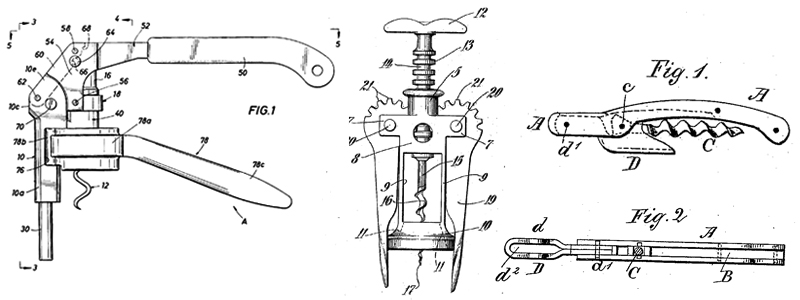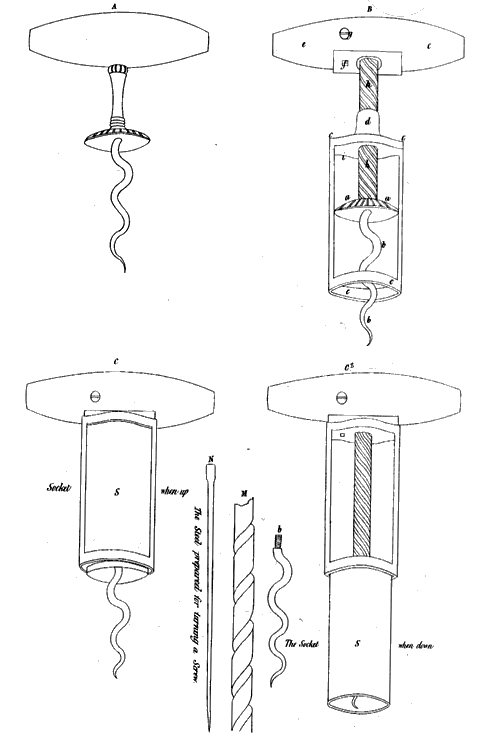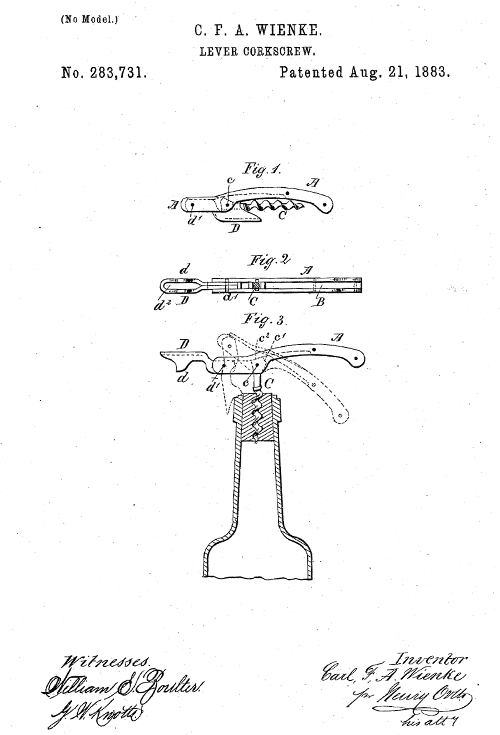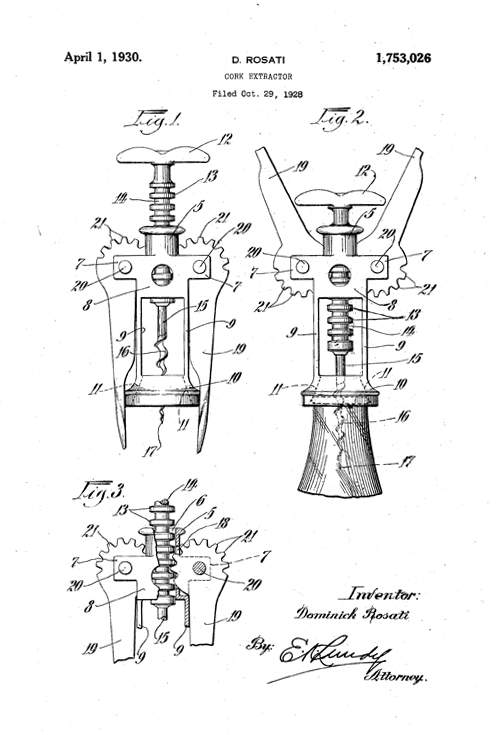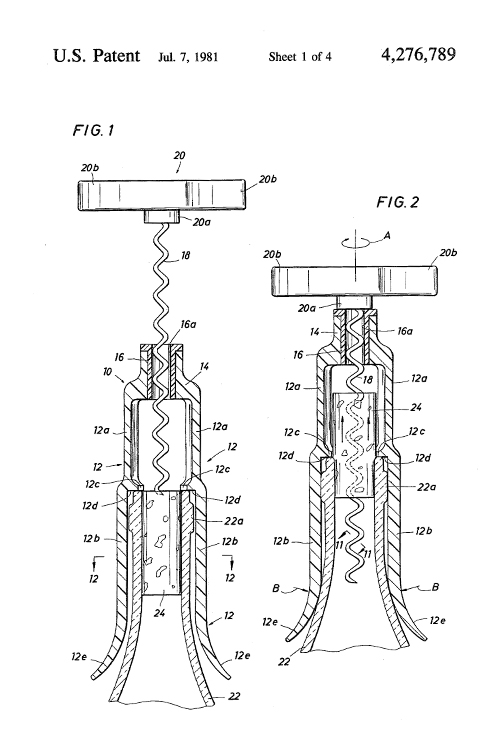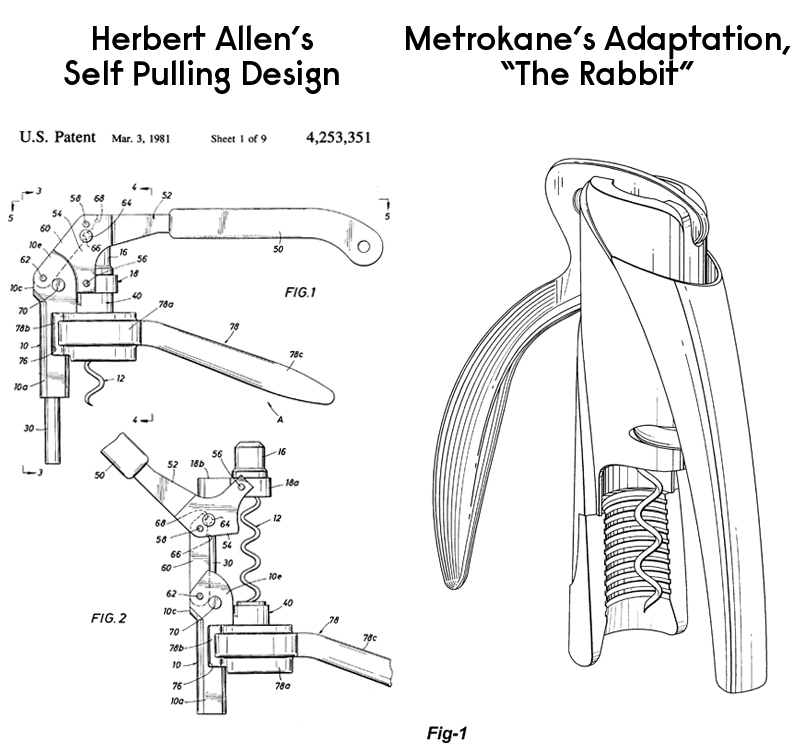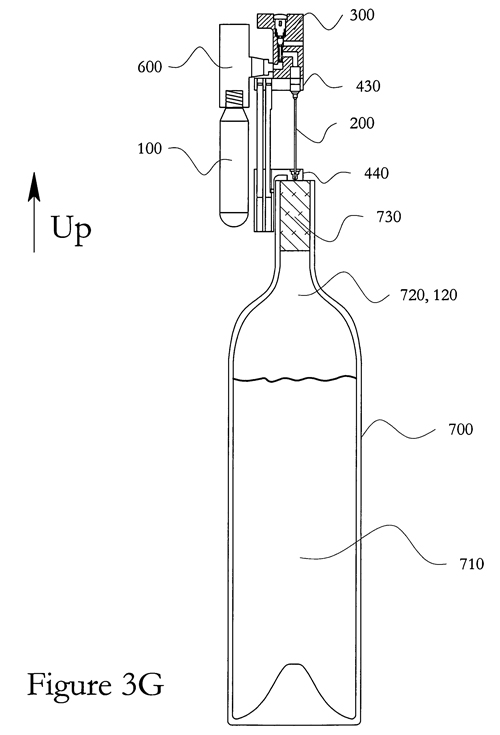El mercado del vino en Estados Unidos ofrece perspectivas de crecimiento “sensacionales”, pero los exportadores han tenido que realizar importantes esfuerzos para seducir al primer país consumidor del mundo.
“We are a young thirsty nation!” (¡Somos una nación joven y sedienta!)“, exclamaron en Vinexpo, el primer salón mundial del sector vitivinícola de Burdeos, los pesos pesados del mercado norteamericano, durante las reuniones que hicieron soñar a más de un productor. En total, en el 2014, se consumieron 370 millones de cajas (25% importadas), un consumo al alza imparable desde hace más de 20 años y con previsión de crecer un 11% de aquí a 2018.
“Pensad que consumimos 370 millones de cajas, pero solo bebemos 10 litros (por habitante al año). Si un día llegamos a beber tanto vino como los británicos, el mercado norteamericano representará 740 millones de cajas. Y si alcanzamos a los franceses, será de 1,600 millones de cajas…”, proyectó Mel Dick, vicepresidente del gigante Southern Wine and Spirits of America, primer distribuidor, presente en 35 estados norteamericanos.
Para Dick, “nunca ha habido oportunidades tan favorables como hoy de hacer negocios con Estados Unidos”, donde hay 77 millones de “millennials” (o “generación Y”, nacida entre los años 1980-2000) “más instruidos, mejor informados, conectados, que han viajado, que quieren beber los sabores de esos lugares”, añadió David Trone, director de Total Wine and More, red de hipermercados de vinos en 18 estados, con cerca de 8,000 referencias.
¿Pero qué busca el amante del vino norteamericano? Calidad asequible. “Sobre todo compra en supermercados y desconoce la amplia gama de denominaciones. No piensa en ‘Toscana’ o ‘Burdeos’, sino en $10 (8.8 euros) o menos. Así que, salvo que seas un gran reserva, un Lynch-Bages, es en este nicho de mercado en el que los vinos extranjeros deben pensar, perfil y etiqueta incluidos, y adaptarse al gusto estadounidense”.
Últimamente, predominan y atraen las combinaciones de tintos con frutas y los efervescentes.
Dinámico, pero caprichoso, variable, el mercado norteamericano requiere de una constancia de la que han pecado, a veces, sus cortesanos. “Solo porque estemos presentes, o seamos fuertes, un día, no podemos suponer que lo seremos mañana”, declaró a la AFP Tom Matthews, redactor jefe de Wine Spectator, la “Biblia” del vino en Estados Unidos.
“Por ejemplo, cuando la demanda China emergió hace tres años, mientras que EEUU sufría la recesión, vimos como decaía el marketing, la presencia, de los vinos de Burdeos. Perdieron así consumidores. Cierto es que se dio un problema de añada, de precio, pero también de compromiso en el mercado”.
De hecho, Italia continúa como primer exportador en volumen, pero son los vinos del Nuevo Mundo, con Australia, Argentina y Chile, los que, ellos tres, representan el 46% de las importaciones, y los vinos locales, que han sabido mejor que otros calmar esta sed norteamericana.
El mercado de Estados Unidos es complejo. “No es un país con una legislación de alcohol, sino más bien 50 estados con 50 legislaciones”, recuerda David Trone, en referencia a los estados “secos”, “mojados”, “húmedos” en función de las restricciones en la venta de alcohol, las licencias concedidas (cervezas, vino o espirituosos), que difieren según condados o incluso ciudades. “Sin duda es el peor sistema legislativo en materia de alcohol en el mundo”, se lamenta. “Pero no contéis con que cambie. Es política”.
Tantos impedimentos requieren asociaciones fuertes con los importadores locales, presencia en el terreno y humildad sobre su propia marca, aconsejan los operadores. “No vengáis solos, sino acompañados, con otros productores, con una identidad regional, una ‘categoría’. Vuestra marca la construiremos después”.
Tom Matthews cita el ejemplo de los vinos del Ródano o de los rosados de Provenza, que hace poco ganaron puntos en Estados Unidos, gracias a campañas de promoción de la región, fácilmente identificable.
Si bien los “millennials” sedientos son curiosos, a la espera de una “educación” del vino, resume Helen Mackey, vicepresidente de Chris Steak House, una cadena de 150 restaurantes, “no quieren sin embargo tener que esforzarse demasiado”.
http://www.elnuevoherald.com/noticias/estados-unidos/article25688299.html
Read more here: http://www.elnuevoherald.com/noticias/estados-unidos/article25688299.html#storylink=cpy
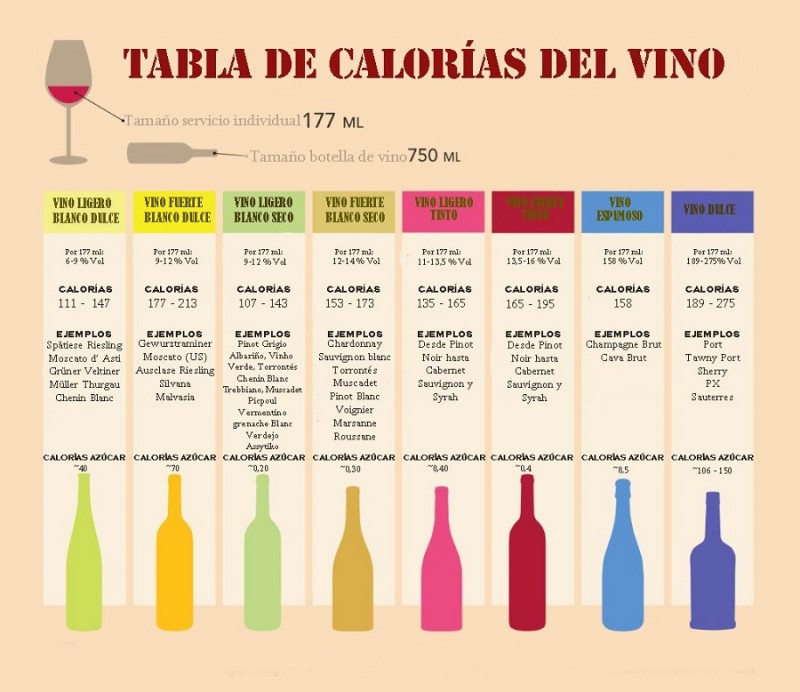
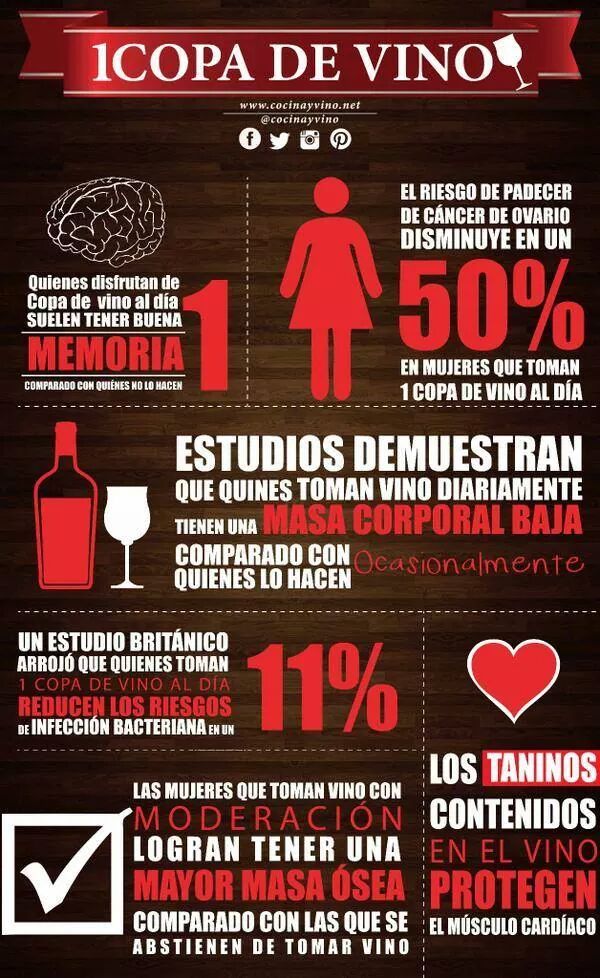 Fuente: CocinayVino
Fuente: CocinayVino
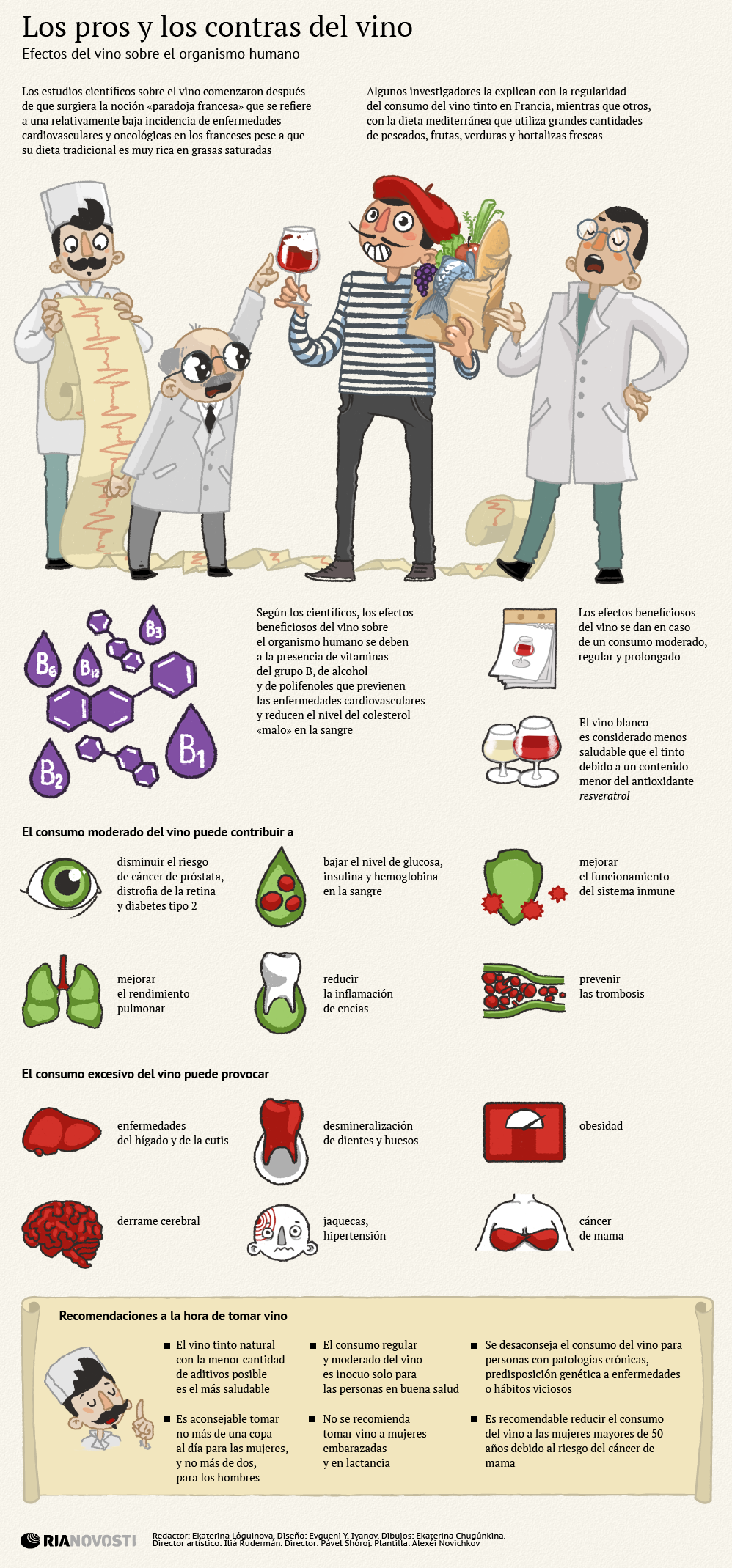 Fuente: Infografías en Castellano
Fuente: Infografías en Castellano
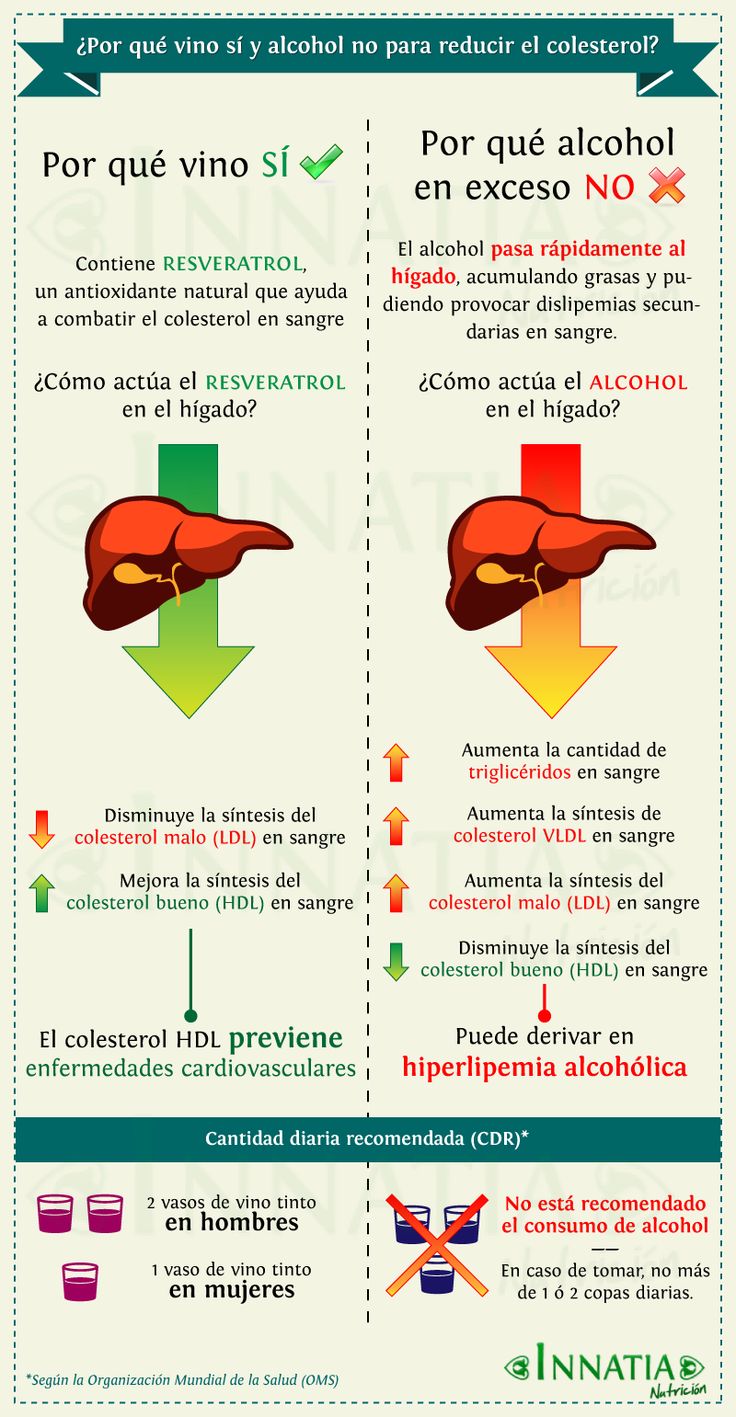 Fuente: Innatia
Fuente: Innatia
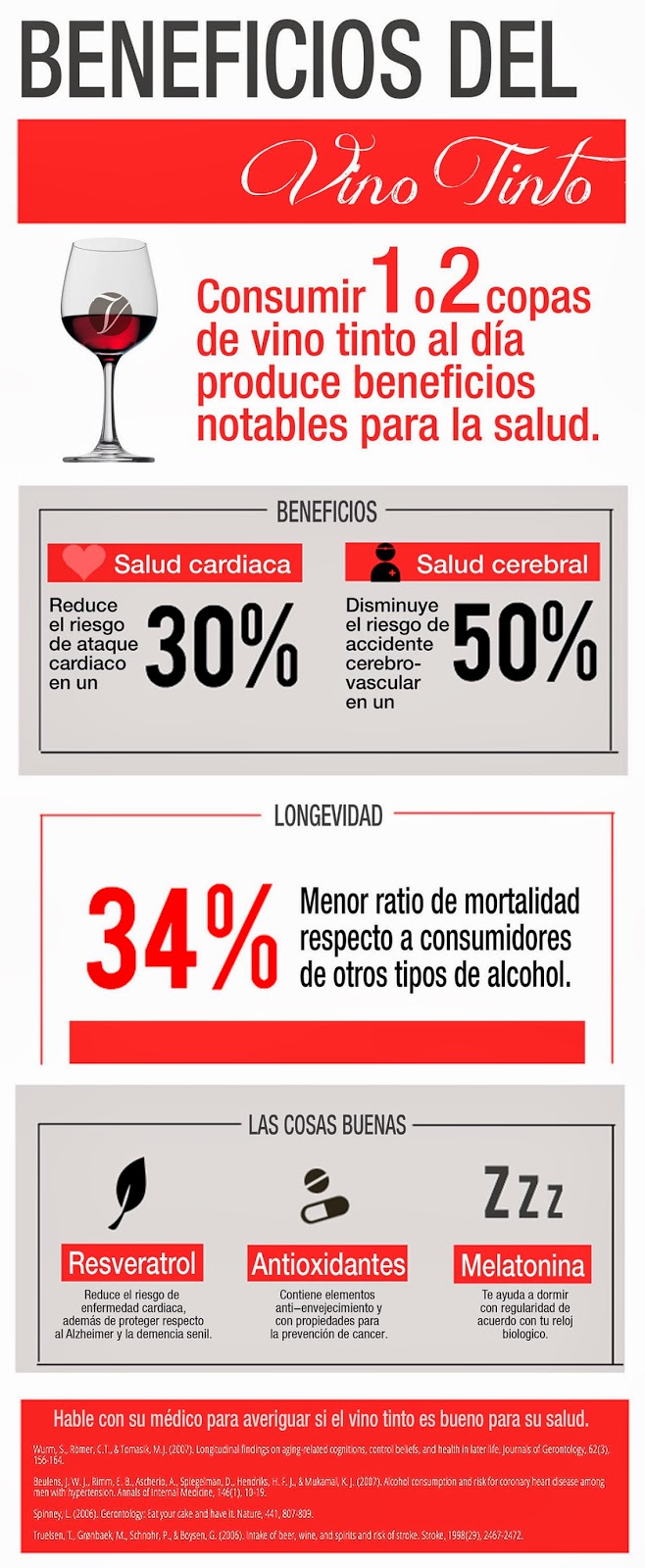
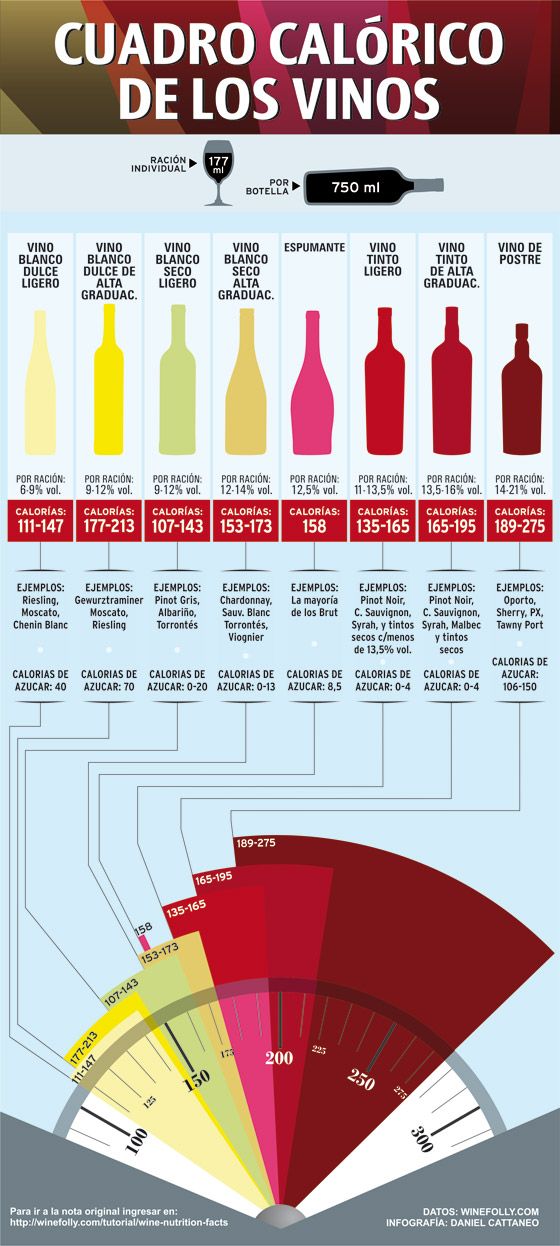 Fuente: Dani Cattaneo
Fuente: Dani Cattaneo
 Fuente: Pellerini
Fuente: Pellerini



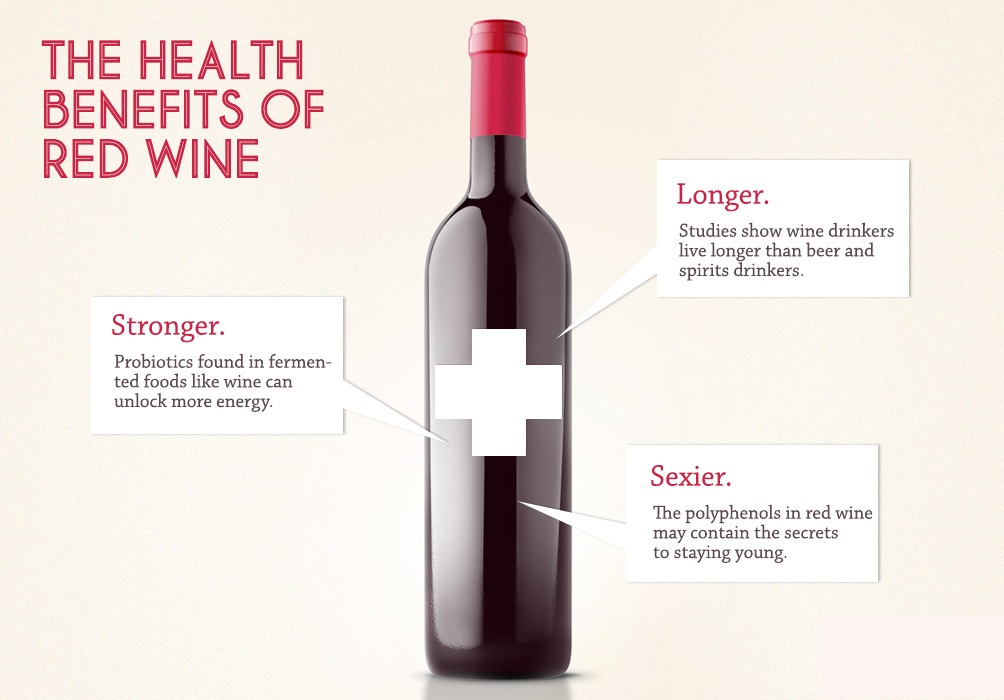
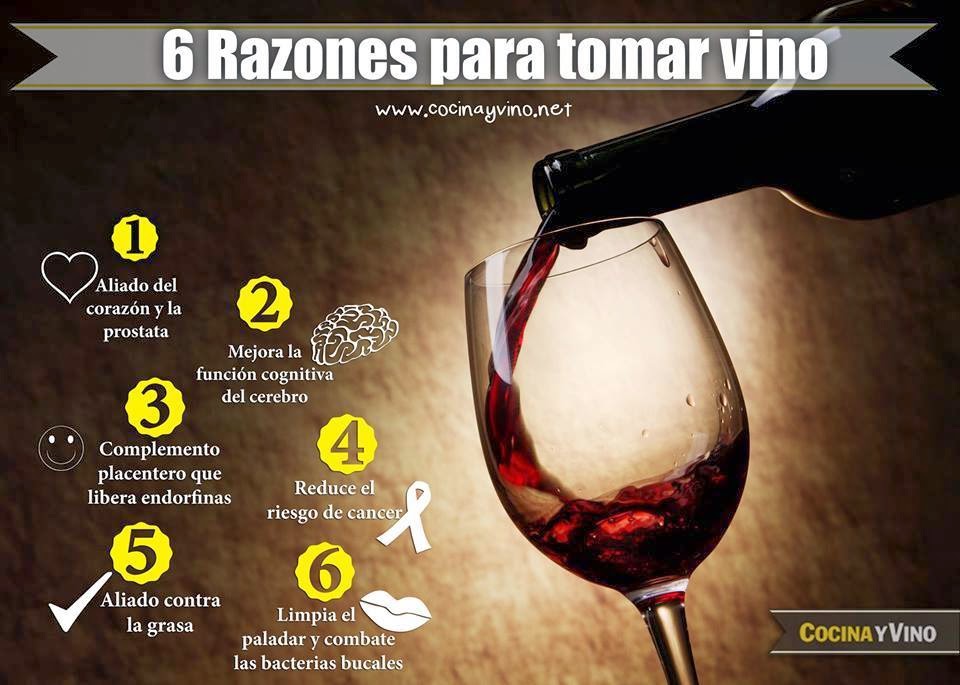

 Fuente: CocinayVino
Fuente: CocinayVino Fuente: Infografías en Castellano
Fuente: Infografías en Castellano Fuente: Innatia
Fuente: Innatia
 Fuente: Dani Cattaneo
Fuente: Dani Cattaneo Fuente: Pellerini
Fuente: Pellerini




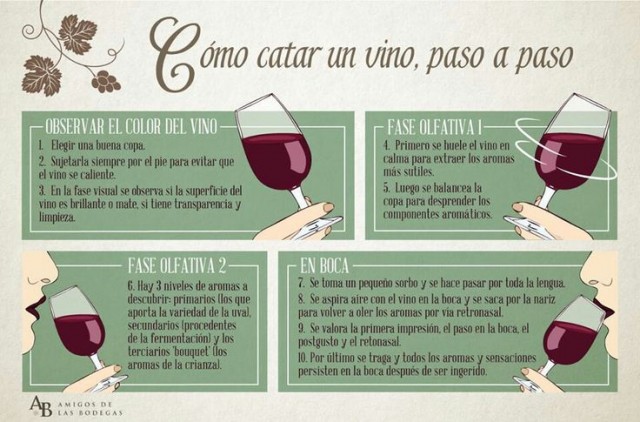 Fuente:
Fuente: 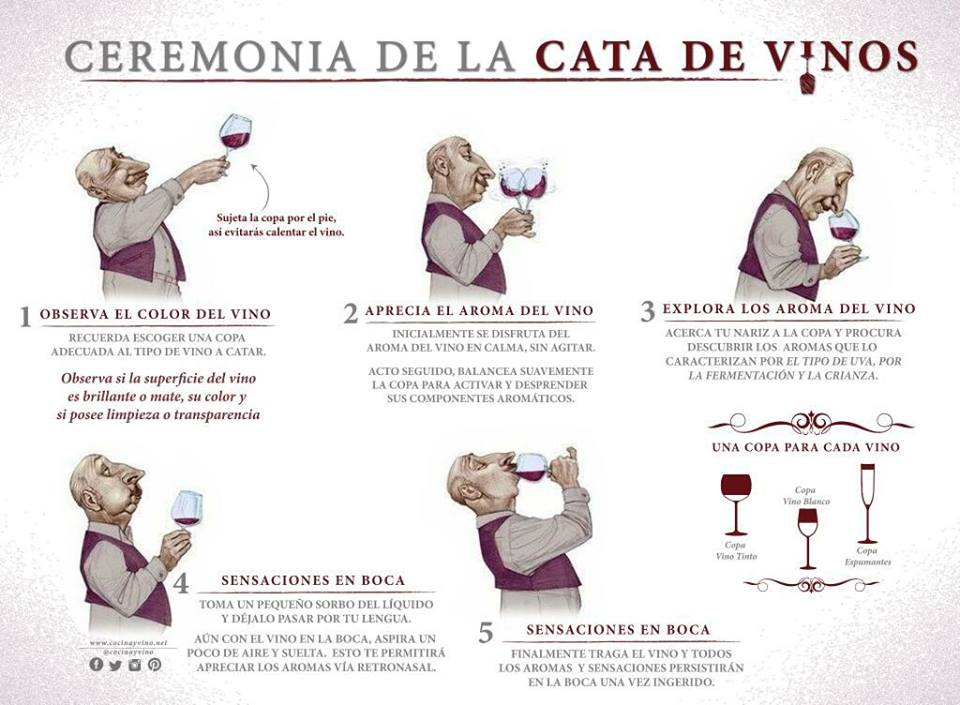 Fuente:
Fuente: 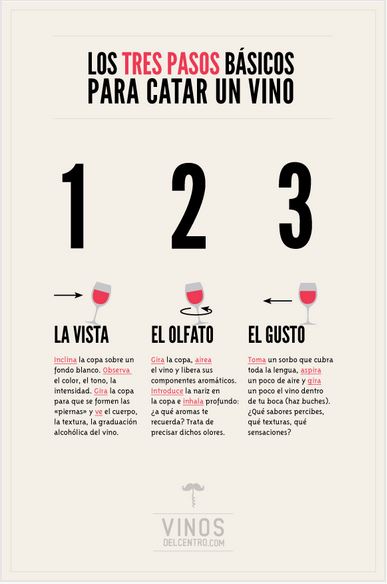 Fuente:
Fuente: 
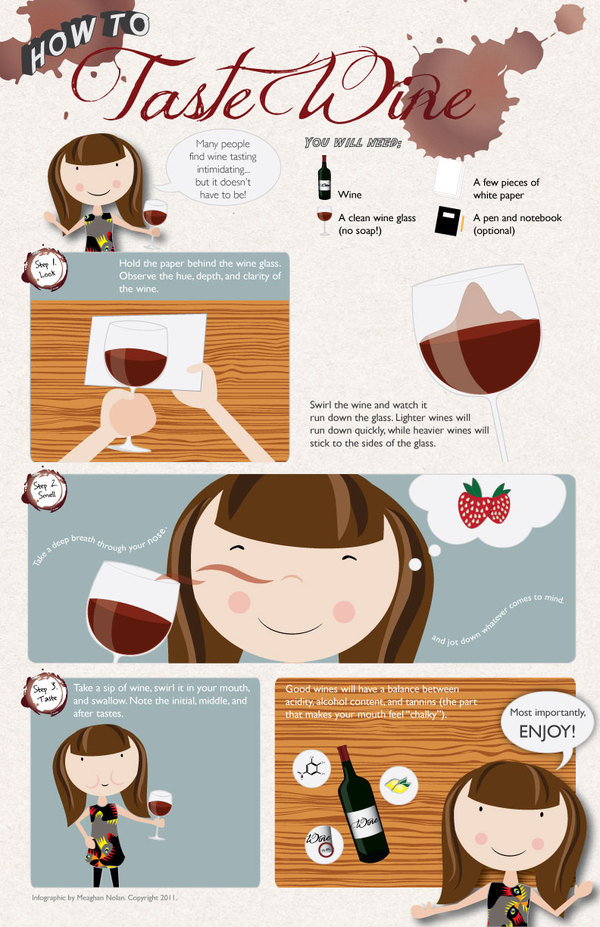 Fuente:
Fuente:  Fuente:
Fuente: 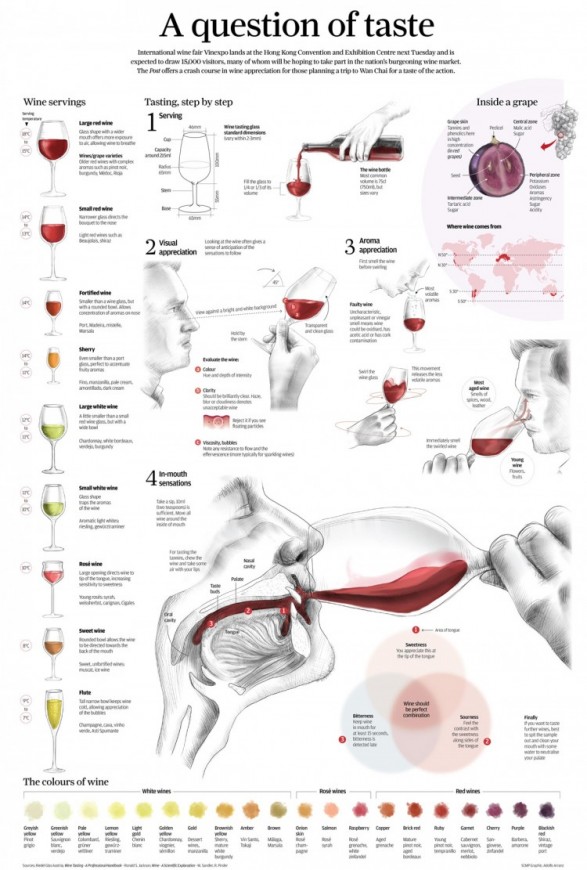 Fuente:
Fuente: 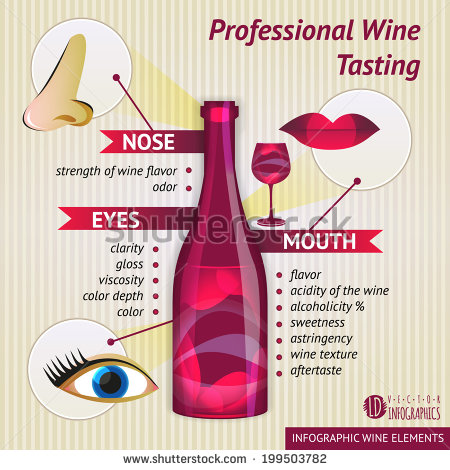 Fuente:
Fuente:  Fuente:
Fuente:  Fuente:
Fuente: 